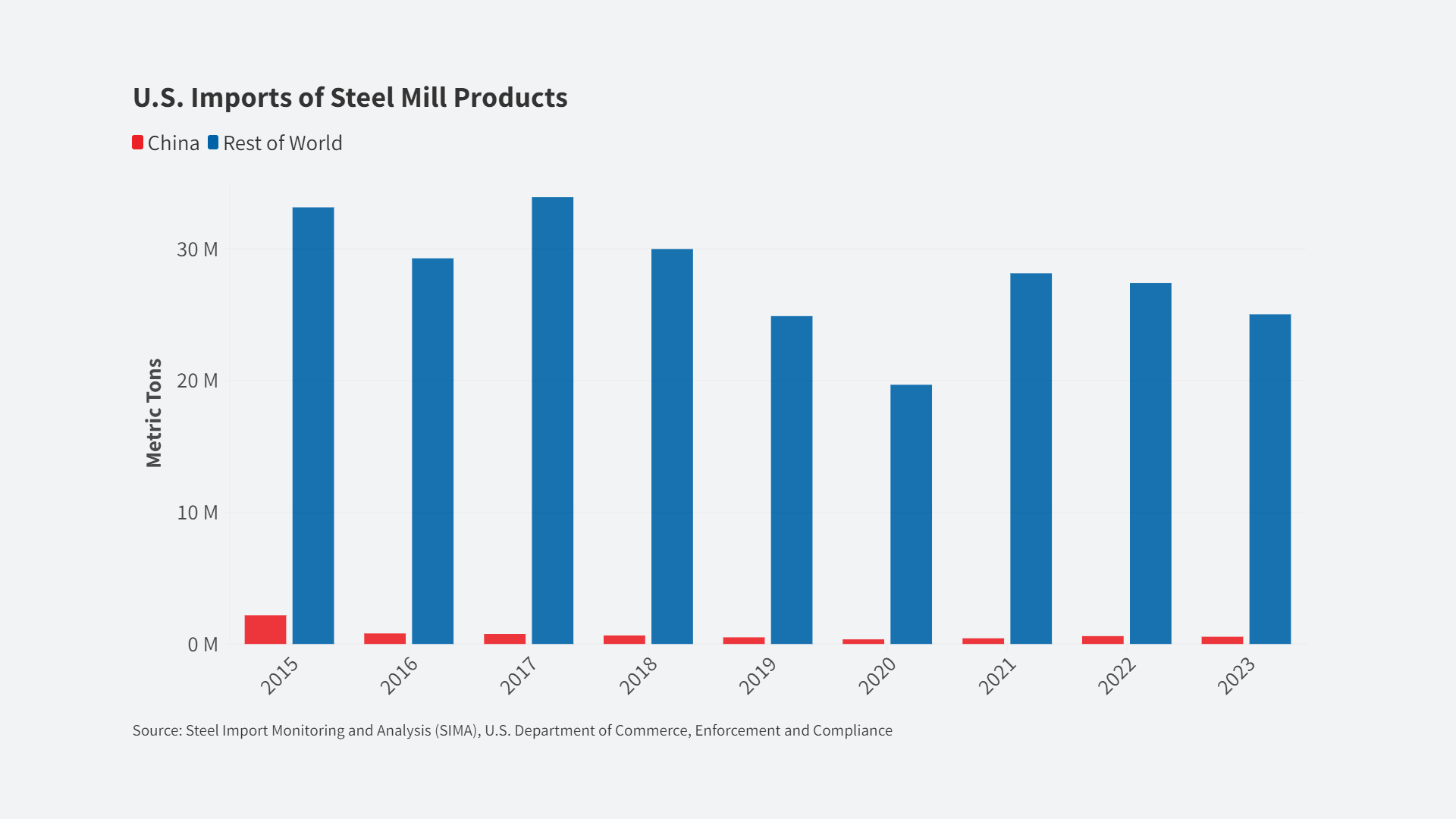
The Wall Street Journal promised “trade deficit myths” in its editorial on the Trans-Pacific Partnership (TPP), and it certainly delivered. It begins by telling readers:
[Reposted from CEPR | June 9, 2015]
“The first problem with Ms. DeLauro’s charge is that running a trade deficit—that is, having more imports than exports—isn’t necessarily bad. In the U.S. it can signal economic health: that American consumers and businesses are saving money by buying cheaper foreign goods, and that the U.S. economy is attracting overseas investment, which drives productivity and demand for domestic and imported goods.”
That’s right, when the economy is near full employment a trade deficit allows the United States to have more consumption, investment, and/or government spending than would be possible if it had balanced trade. The key phrase here is, “when the economy is near full employment.”
The U.S. economy is very far from full employment these days. The employment to population ratio (the percent of people who are employed) for prime age workers (ages 25-54) is still down by 3.0 percentage points from its pre-recession level and 4.0 percentage points from its 2000 level. The number of workers who involuntarily are working part-time is still roughly 2 million above its pre-recession level.
These data, along with many other labor market indicators, show the economy is still far from full employment. In this context the trade deficit translates into demand that is being drained away from the United States. Most folks would consider the resulting unemployment and underemployment to be bad, even if that apparently is not the view at the WSJ.
Then we get the WSJ joining the absurd dispute on re-exports.
“Ms. DeLauro also has it wrong on the simple trade math. She says America’s trade balance with its 20 free-trade partners (Canada, Mexico, South Korea, etc.) is a $105 billion deficit, when in fact it is a $10 billion surplus. Big difference.
“The root of Ms. DeLauro’s mistake is that in counting U.S. exports she excludes “re-exports,” or goods that arrive in the U.S. as imports but leave unchanged as exports. So if a car dealer in Seattle imports 50 BMWs but sells 20 of them in Canada, she subtracts the value of those 20 re-exported autos from the U.S. export total.
“Yet Ms. DeLauro conveniently fails to eliminate re-exports from the import side of the equation, thereby inflating imports relative to exports and concocting a trade deficit where none exists. Such accounting wouldn’t fly in a basic algebra course, but it passes for politics on Capitol Hill.”
If we are trying to capture the impact of trade on employment in the United States then it is absolutely essential to subtract re-exports. Even the folks at the Wall Street Journal must understand that the 20 BMWs imported from Germany and then shipped to Canada did not create jobs in the United States, except for the small number involved in the shipping.
Of course it is correct that we should also subtract the imports from these countries that are re-exported. I assume that Representative DeLauro did not subtract re-exports from the import side of the equation (e.g. the 20 BMWs that were shipped to Canada should be subtracted if they originated in a country among the 20 with trade pacts) for the same reason the WSJ did not subtract re-exports from the import side of the equation. Those data are not readily available.
Of course it is possible to calculate the amount of imports from these countries that gets re-exported. And, given the enormous amount of money available to the pro-TPP side in this debate it is likely that someone has in fact come up with estimates of the trade balance that was correctly adjusted for imports that were re-exported.
And, since no one has been pushing this study forward, we can reasonably assume that deducting imports from these countries that were later re-exported did not qualitatively change the story. In other words, when the calculation is done correctly, excluding both re-exports to the countries in trade pacts and deducting the imports from these countries that were then re-exported, we still have a large trade deficit with the countries with whom we have trade pacts.
Then we get:
“They [U.S. Trade Representative Froman and Commerce Secretary Penny Pritzker] explained further that ‘it is not correct to assume that every import displaces U.S. jobs. Indeed, many imports are goods we do not produce in the United States and half of U.S. imports are intermediate goods that go into supporting U.S. production.’ Amen.”
That’s right, every imported item does not displace a job just as every export does not create a job. When we shut an auto assembly plant in Ohio, and instead ship the parts to be assembled in Mexico, and then have the finished car imported back to the United States, the export of the car parts did not create jobs in the United States. Can we get an amen for that?
Finally the WSJ gets out the name-calling:
“Ms. DeLauro and other protectionists need to obscure these facts because the case that free trade raises overall American living standards is so overwhelming.”
Oooooooooh, Ms. Delauro is a protectionist opposed to free trade! Well what is the WSJ when it supports a trade deal that will effectively impose tariffs of 10,000 percent on prescription drugs and other items that will be covered by the stronger and longer patent and copyright protection in the TPP? These forms of protectionims (sorry folks, they are protectionism even if the folks in the drug, software and entertainment industry like them) will both slow economic growth and cost lives. And, it is entirely plausible that the increase in trade barriers due to stronger and longer patent and copyright protection will more than offset the modest reduction in barriers in the TPP. In other words, the free trade angels would be opposed to this sucker.













